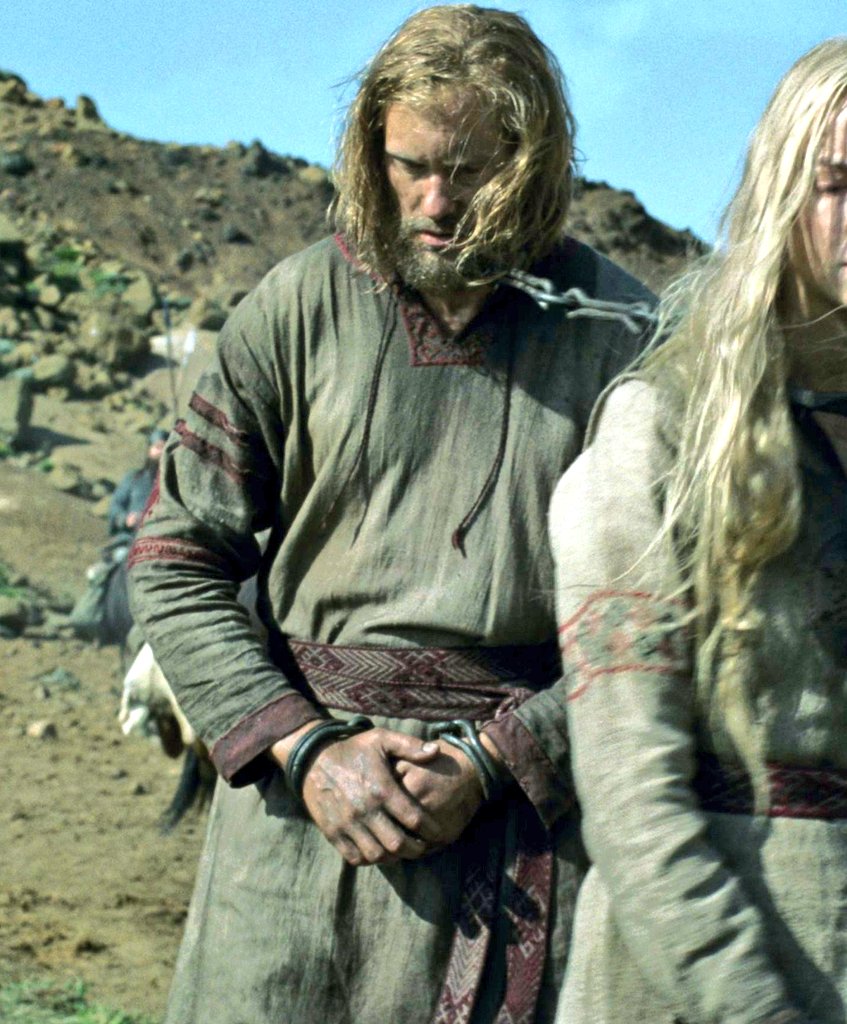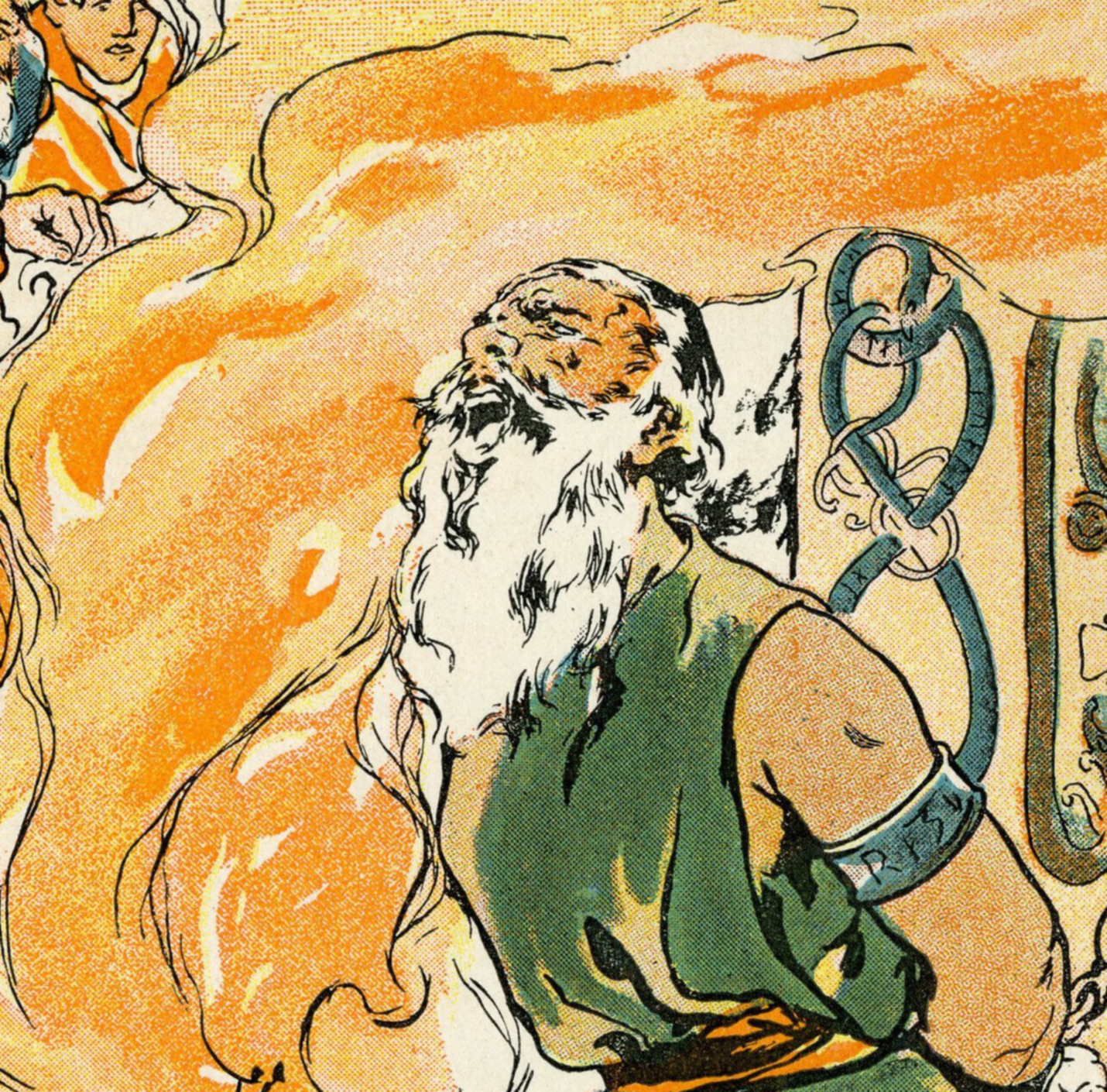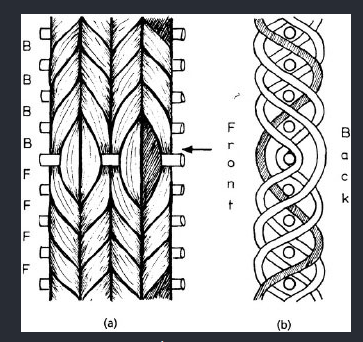Normally I just keep these to the megas since we dont have a c/weaving, and these dont really feel like they belong in c/art, but since this one is specifically from a movie I thought I’d post it here too!
I copied the pattern from a screenshot I was able to take when they’re in Iceland, even though its still pretty hard to see. Luckly the whole pattern is completely visible, if blurry and pixilated, so I was able to work it out. I wish I could get the one Olga is wearing but hers isnt ever very visible.

Heres the full belt. The pattern completely reverses itself on the other side which looks fantastic. The flipped angle of the way the warp threads twist makes that jagged look, its not visible very from a distance.

More info about the pattern can be found in this post


Cool, nice work. Tablet weaving?
@asa_red_heathen@hexbear.net is our resident extreme cool and talented viking fashion expert.
Yes to add onto what Sickos said, as you spin the cards the warp is threaded through, the threads spin around each other, and as you pass the weft through them it “locks” the twined threads into place. As they twist they make 45° lines which then line up with their neighbor threads on the rows before and after. You can make lines going straight in line with the warp by making them all the same color so the angle of the twist is not visible, but perpendicular lines are a bit trickier, so generally you’ll see a lot of 45° angular patterns, like zig zags, interconnected knots, diamonds that sort of thing. Generally you’ll have 4 threads per card, but you can do anything from 2 to 6 to get different types of pattern.
Heres a couple of diagrams showing how the twining works

As the diagrams show, the thread in the uppermost hole that passes over the weft as you turn it will show up on top, and the direction you turn the card determines the direction the threads will twist. when you reverse the direction of the cards the thread that was on top will pass over again with the opposite spin, creating a small “float” that does not twist except at the top and bottom where it’s anchored by the weft.
Instead of like, a giant loom, you have cards or “tablets” that run your warp strings and manipulate those tablets to make the pattern